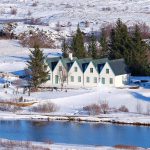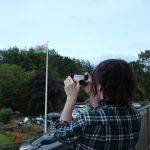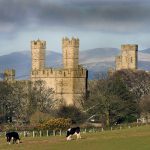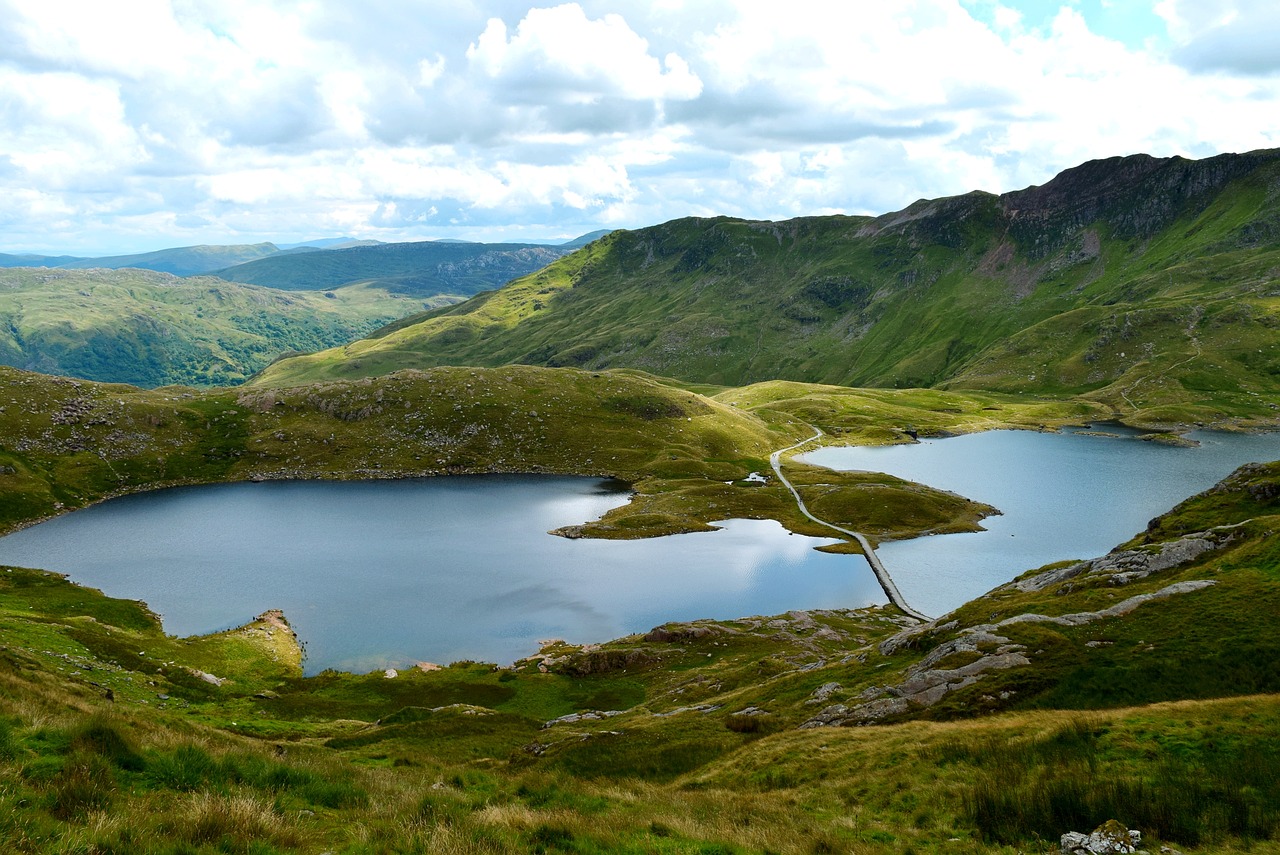
The third national park in Britain has 37 miles of coastline and more than 25,000 people living in it. It is spread over parts of Conwy and Gwynedd, and nearly 4 million people visit it on a regular basis (actually, 3.67 million people were there in 2013, but close enough). Why is that? Does the park really have that much to offer to tourists and visitors? Let’s find out.
Characteristics
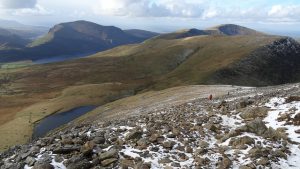
Snowdonia is situated on the west coast of the UK. It covers more than 800 square feet of land and you are likely to find all kinds of different landscapes, whether you are in the mood for hills, mountains, rivers, or meadows. Its inception and existence are there to help preserve the natural wildlife and the cultural heritage of the area. The entity that runs the place is the Snowdonia National Park Authority, which is made by a combination of local governments and Welsh authority figures. Despite it being a national park, more than two-thirds of it is private and the rest is public.
What to Do Here
Most people visit Snowdonia for a bit of an active holiday. There are all kinds of hikes and walks, some for beginners, and others that are experienced at it. Walking and hiking are not the only outdoor activities one can enjoy here.
There are also cycling and climbing, as well as partaking in watersports. If you want to do it a bit old school, you can take a few horse riding lessons. In other words, most adventurers are likely to have fun in this park.
Is It Safe?
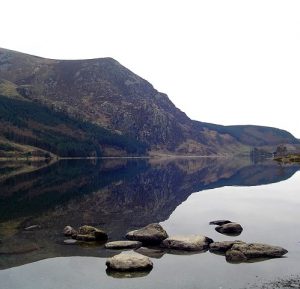
And how! Managing such a large piece of nature could not be possible without implementing a number of safety protocols. The park offers guidelines on visiting mountains and urges its patrons to consult the weather services in order to be fully prepared for what could happen on their adventure. You will be instructed to bring all of the appropriate equipment and plan your itinerary carefully, as well as notify others where you are going to be. This is particularly important if you are out trying to conquer a mountain top.
In order to enforce the safety measures and to make sure everything is going smoothly, the park has teams of wardens. They are there to inform you about things you can and cannot do, as well as act as mediators between the private landowners and the visitors. You can also ask them all kinds of things about the park itself – they’ll be more than happy to answer.
Plas Tan y Bwlch
If you are more of a bookworm than an explorer, though I’ve met people that managed to be both at the same time, you can pay a visit to Plas Tan y Bwlch, or the Snowdonia National Park Environmental Studies Centre. Here you can learn more about the history of the park and gain other types of theoretical knowledge through their numerous courses.

